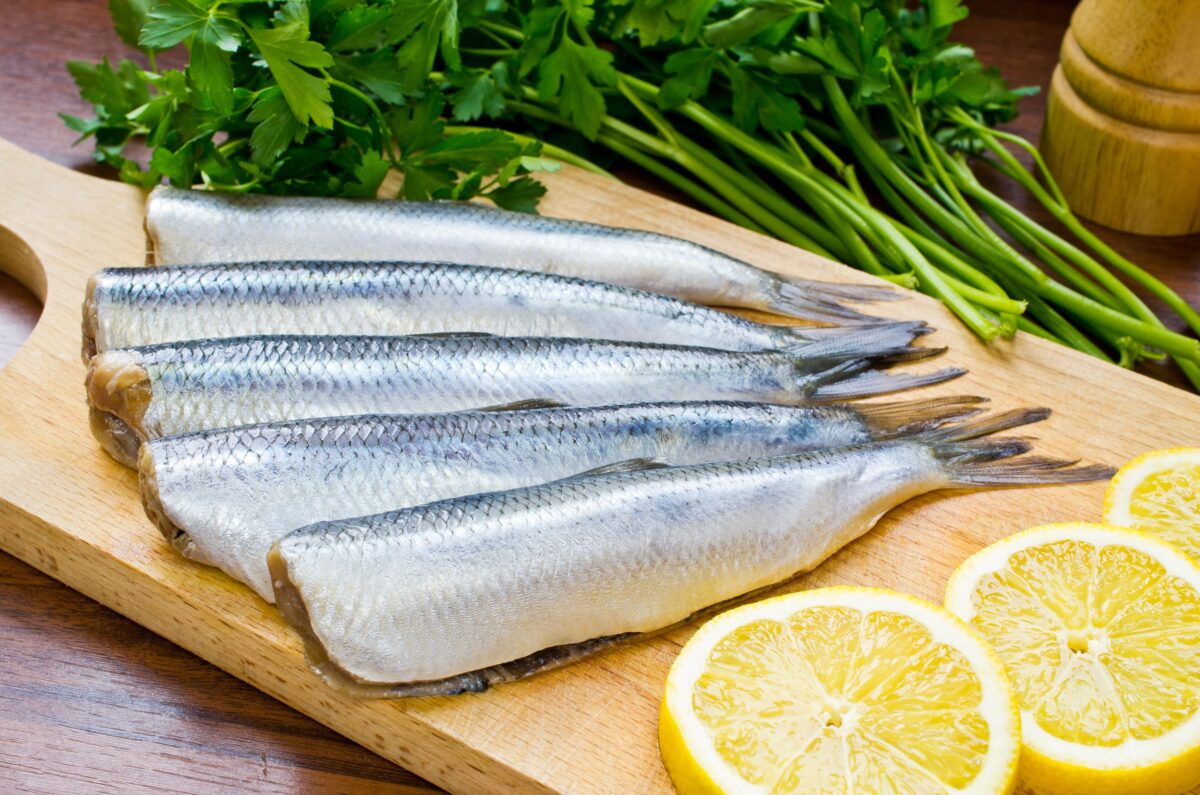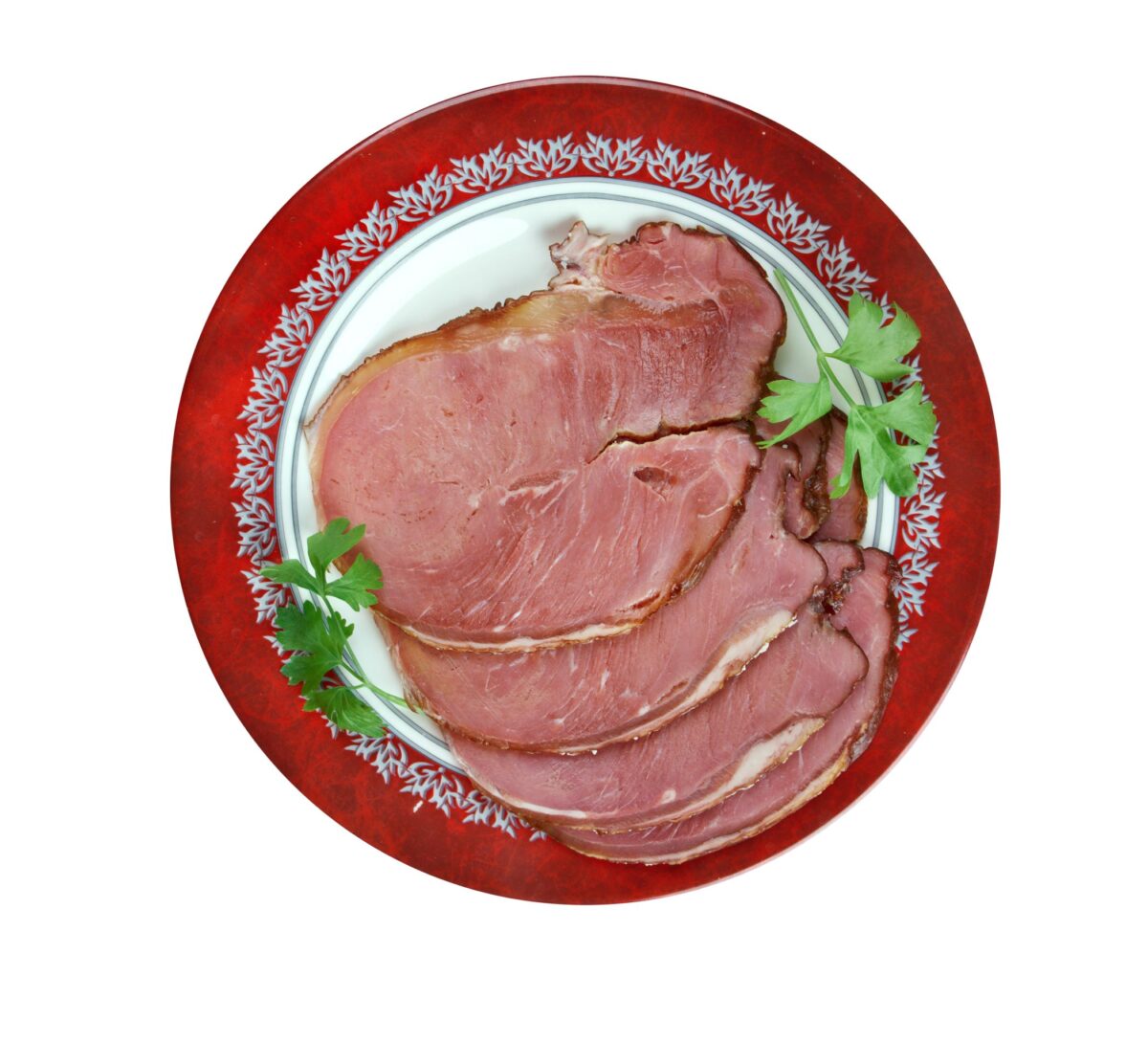Tengiliður
Kolbrún Sveinsdóttir
Verkefnastjóri
kolbrun.sveinsdottir@matis.is
Trendy fish with Nordic Flavours, Workshop in Ålesund, Norway 29-30 October 2019
Salt-curing of cod is an ancient storage method. Today, salt-curing is not merely a storage method, but a method of producing high quality products of specific characteristics. To promote a product as salt-cured fish, with long tradition, history and strong connection to Nordic livelihoods, it is important to motivate the whole chain, from producers, to retailers, to chefs, to schools and the consumers.
AG-Fisk (Arbejdsgruppen for Fiskerisamarbedet) under the auspices of the Nordic Council of Ministers has provided funding for a project with the aim to increase the knowledge of seafood, such as salt-cured cod, thus contributing to increased respect and thus increased value. The project is led by Matís and one of the project tasks was to organise a workshop in Norway in collaboration with Møreforsking and Klippfiskakademiet in Ålesund. The workshop was co-financed by The Ministry of Trade, Industry and Fisheries in Norway. The workshop was held on 29th and 30th of October 2019 and the focus was salted and dried cod. Culinary students together with chefs from Norway, Faroe Islands and Iceland, aimed to develop new trendy dishes with emphasis on Nordic raw materials combined with salted and dried cod. During the workshop, Nordic traditions and history were presented, the different salt fish products and their different sensory properties. The participants tasted different cod products (thawed, lightly salted, desalted salt-cured cod and desalted clip fish) with the aim of analysing the different sensory properties of these products. The results clearly demonstrated the unique sensory properties of salt-cured and clip fish products.
Nordic chefs gave talks of their experiences, thoughts, visions and ideas for Nordic raw materials, to set the scene for the work ahead. Group work was focused on analysing opportunities and barriers, todays status and ideas to increase consumption of traditional products, product ideas to make salt-cured and clip fish more known and attractive in home markets. One of the main targets was to increase the consumption among young people by inspiring them to create new, trendy recipes and dishes that they would like. Based on this, innovative dishes were made and evaluated during the workshop. The variety in the dishes, clearly demonstrated the enormous potentials of this traditional raw material, to be used in delicious trendy innovative dishes, from simple and easily prepared to challenging and ambitious.
The group discussions showed that traditions were considered a strength but a lack of ready to cook and ready to eat meals as well as changes in consumption habits were considered a threat. This kind of information is important when setting the scene for the future of salt-cured fish, both in home markets and export markets. The Norwegian participants were familiar with salt-cured fish and clip fish and it was not uncommon to prepare such dishes at home, and some variety was available in the supermarkets. However, to increase product variety and increased consumption of traditional Nordic foods such as salted fish, it is important to work with kids, both at home and at schools. It is of great importance to educate them about Nordic food and involve them in food preparation, both at home and in school. The emphasis on sustainability, health and positive climate impact, as well as adapting food trends from all over the world, can be used to inspire new innovative dishes made from traditional raw materials such as salted fish.
Emphasis must be placed on increasing knowledge among chefs, as well as consumers, of the different products made of salted fish, such as lightly salted cod, fully salt-cured and clip fish, as the characteristics of these products are very different. How consumers, and not the least young consumers, are to be educated and motivated to consume such dishes needs thorough consideration. Newer means of communication deserve attention, with focus on how the young people seek, find and receive information.









